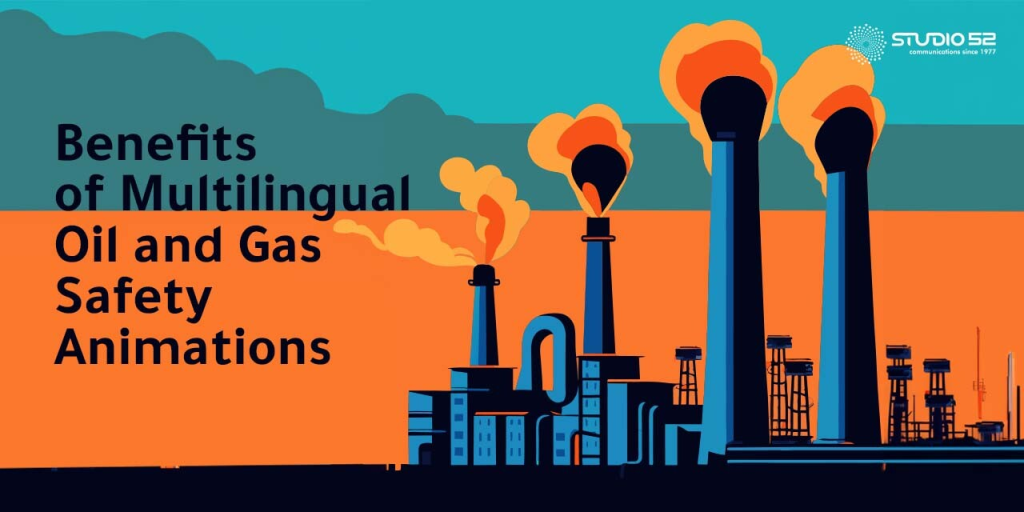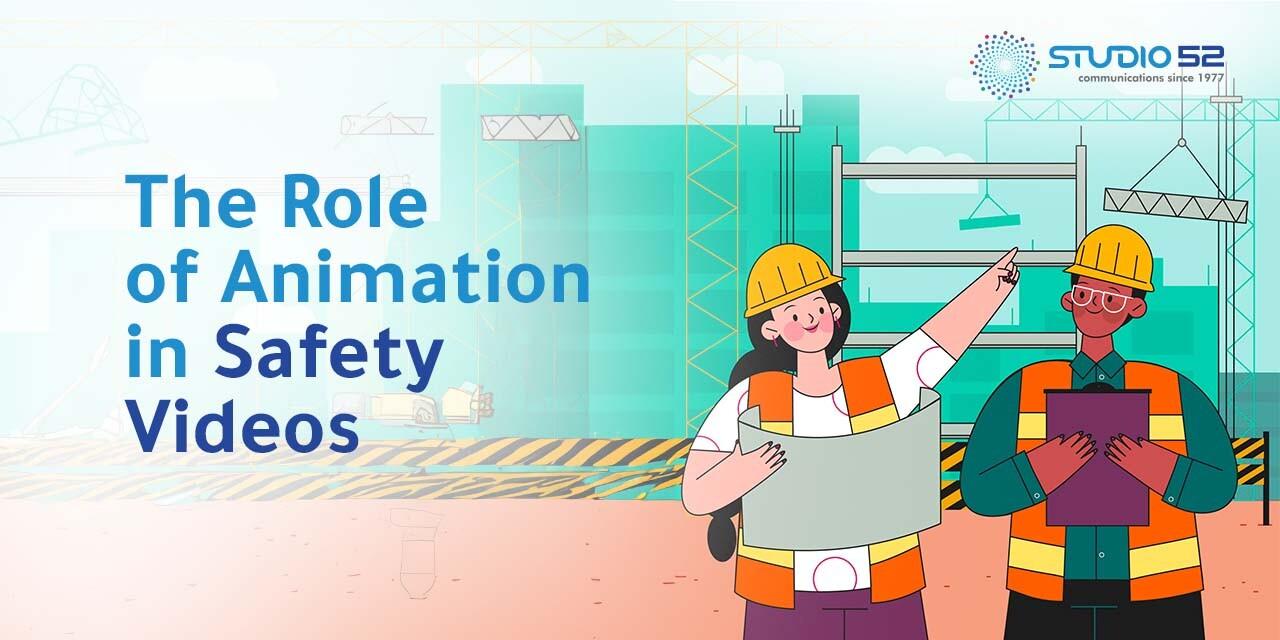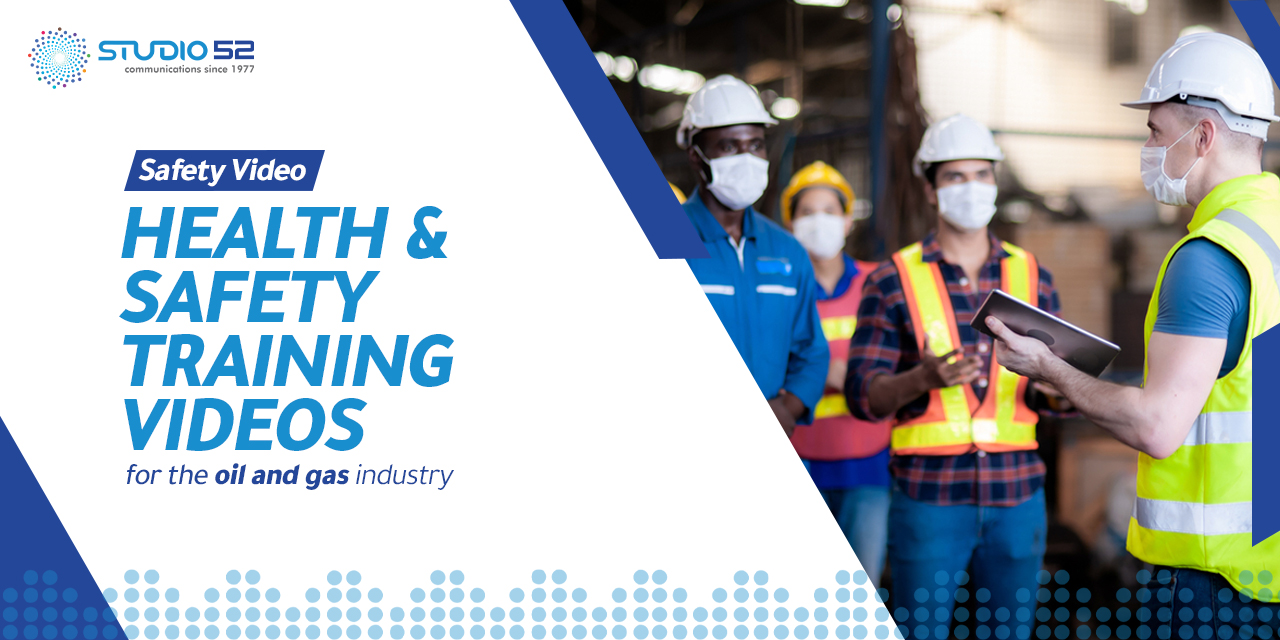The oil and gas industry is renowned for its complex operations and stringent safety regulations aimed at mitigating inherent risks. The sector encompasses a multitude of hazardous tasks and environments, necessitating robust safety protocols to safeguard workers and assets.
In response to the global nature of the oil and gas industry, multilingual safety animation videos have emerged as a valuable tool for effectively communicating critical safety information across diverse workforces. These animations leverage visual storytelling to transcend language barriers and ensure comprehension among employees of varying linguistic backgrounds.
This article explores the advantages of utilising multilingual safety animations in the oil and gas sector, highlighting their role in enhancing safety awareness, promoting compliance, and mitigating risks inherent to this high-stakes industry.

Table of Content
Language Diversity in the Oil and Gas Industry
The oil and gas industry operates on a global scale, with projects spanning across continents and involving multinational teams. This global nature results in a diverse workforce composed of individuals from various cultural and linguistic backgrounds.
With this diversity comes the challenge of language barriers in safety communication and training. Effective safety communication is essential in conveying critical information regarding hazard identification, emergency procedures, and safety protocols. With language barriers, there is a heightened risk of miscommunication, misunderstanding, and non-compliance with safety regulations.
Effective communication is paramount in ensuring the safety of workers and preventing accidents in the oil and gas industry. Clear and concise communication of safety information, regardless of language, is vital for fostering a culture of safety and mitigating risks inherent to the industry’s operations.
Want to know more about the effectiveness of safety animations? Here are 5 more reasons why effective animated health and safety videos you should implement.
This is where multilingual safety animation comes into play. It presents a solution to address language diversity by providing visual representations of safety procedures and protocols that transcend linguistic barriers, ensuring that all employees can access and understand essential safety information.
The Role of Safety Animations in Multilingual Training
By utilising animation, intricate concepts can be simplified and communicated more effectively, ensuring that all employees, regardless of their language proficiency, can grasp essential safety information. Animations offer several advantages as a medium for safety training, including their ability to capture attention, facilitate better retention of information, and accommodate different learning styles.
Introducing the concept of multilingual safety animations enhances their impact, as safety messages are accessible to all employees, regardless of their native tongue. Multilingual safety animations transcend language barriers, enabling organisations in the oil and gas industry to deliver consistent and comprehensive safety training to diverse workforces, thereby promoting a culture of safety and reducing the risk of accidents and incidents.
If you’re interested more in the effectiveness of safety videos, this guide is a worthwhile resource.
Benefits of Multilingual Safety Animations in the Oil and Gas Industry
- Improved comprehension and retention
Multilingual safety animations in the oil and gas industry lead to improved comprehension and retention among non-native speakers. By presenting safety information visually, animations transcend language barriers and ensure that all employees, regardless of their proficiency in the primary language. It can help the crew understand and retain critical safety procedures and protocols efficiently.
- Enhanced safety culture
Animations contribute to the enhancement of safety culture and awareness among a diverse workforce. By delivering safety messages in multiple languages, organisations can demonstrate their commitment to inclusivity and prioritise the well-being of all employees, fostering a culture of safety that transcends linguistic boundaries.
- Mitigation of language-related errors
Multilingual safety animations also play a crucial role in mitigating language-related misunderstandings and errors. Clear visual representations of safety procedures leave little room for interpretation, reducing the risk of miscommunication and ensuring that all employees adhere to standardised safety practices, regardless of their language background.
- Cost-effectiveness and scalability
Multilingual safety animations offer cost-effectiveness and scalability benefits for organisations in the oil and gas industry. By creating a single animation that can be translated into multiple languages, organisations can minimise production costs and streamline the deployment of safety training materials across global operations, ensuring consistent and standardised safety messaging at scale.
Example
Several companies and organisations in the oil and gas industry have successfully implemented multilingual safety animations to enhance safety communication and training. For instance, EDC, an international oil and gas company, we have implemented multilingual safety animations to ensure consistent safety messaging across its global operations.
Analysis of their experiences reveals significant improvements in safety outcomes following the implementation of multilingual safety animations (English + Russian). By delivering safety information in employees’ native languages, these companies observed enhanced comprehension and retention of safety procedures among non-native speakers. This led to a reduction in workplace incidents, improved safety culture, and increased employee engagement with safety initiatives.
- Lessons learned from these experiences
Utilising culturally appropriate visuals and language translations ensures that safety messages resonate with employees from diverse backgrounds. Additionally, incorporating interactive elements and real-life scenarios enhances engagement and facilitates a better understanding of safety procedures. Overall, best practices for creating effective multilingual safety animations involve collaboration with language experts, subject matter specialists, and animation service providers to develop content that is both linguistically accurate and visually compelling.
Interested to explore more? Here are our 7 best workplace safety videos!
Overcoming Challenges and Implementation Strategies
Addressing technical and cultural considerations is crucial for ensuring the effectiveness of animated safety communication. Technical considerations include ensuring compatibility with different devices and platforms, as well as optimising file sizes for efficient distribution. Cultural considerations involve adapting content to align with cultural norms, sensitivities, and preferences to resonate with diverse audiences.
Strategies for selecting languages and prioritising content involve conducting thorough assessments of the linguistic diversity within the workforce and identifying languages that are most commonly spoken among employees. Prioritising content entails focusing on safety messages that are universally applicable and critical for all employees, regardless of their language background. You should also actively seek feedback from employees and stakeholders — these people can help you bring informed prioritisation decisions.
Integration of multilingual safety animations into existing training programs requires careful planning. Identify opportunities to incorporate animations into relevant training modules or safety briefings and ensure seamless integration with existing learning management systems or training platforms.
One of the key aspects of animation’s effectiveness lies in its accessibility. Providing access to multilingual animations through centralised repositories or online portals enables employees to access safety training materials conveniently, regardless of their location or language preference. Regular evaluation and updates of multilingual animations based on feedback and evolving safety requirements ensure their continued relevance and effectiveness in supporting safety initiatives within the oil and gas industry.
Future Outlook
Potential advancements in multilingual safety animation technology include the integration of artificial intelligence and machine learning algorithms to automate the translation process and enhance the accuracy and efficiency of multilingual animations.
Advancements in virtual reality (VR) and augmented reality (AR) technologies may offer new opportunities for immersive and interactive multilingual safety training experiences in the oil and gas industry.
Conclusion
Multilingual safety animations hold transformative potential in the oil and gas industry. They overcome language barriers, enhance safety awareness, and promote a culture of safety among diverse workforces. By leveraging visual storytelling and effective communication techniques, multilingual safety animations have the power to significantly improve safety outcomes and reduce workplace incidents.
By prioritising the development and implementation of multilingual safety animations, you can ensure that safety information is accessible and comprehensible to all employees, regardless of their language background, thereby fostering a safer and more inclusive workplace environment.
With a proven track record of excellence and a commitment to delivering innovative and impactful safety solutions, Studio52 stands ready to support companies in their efforts to enhance safety communication and promote a culture of safety among their workforce. Contact us today and see why we are a company of choice for the leaders in the oil and gas industry.






